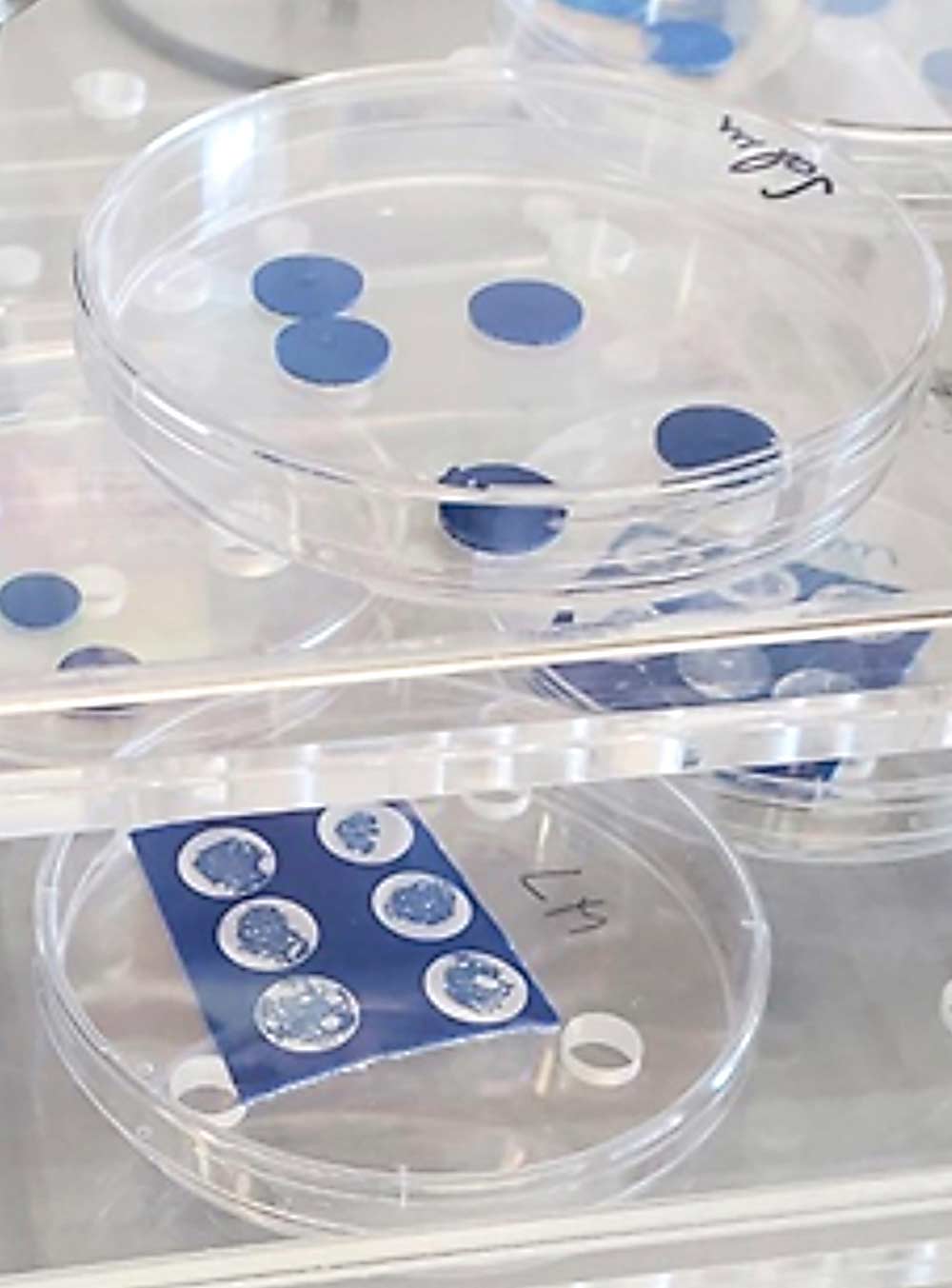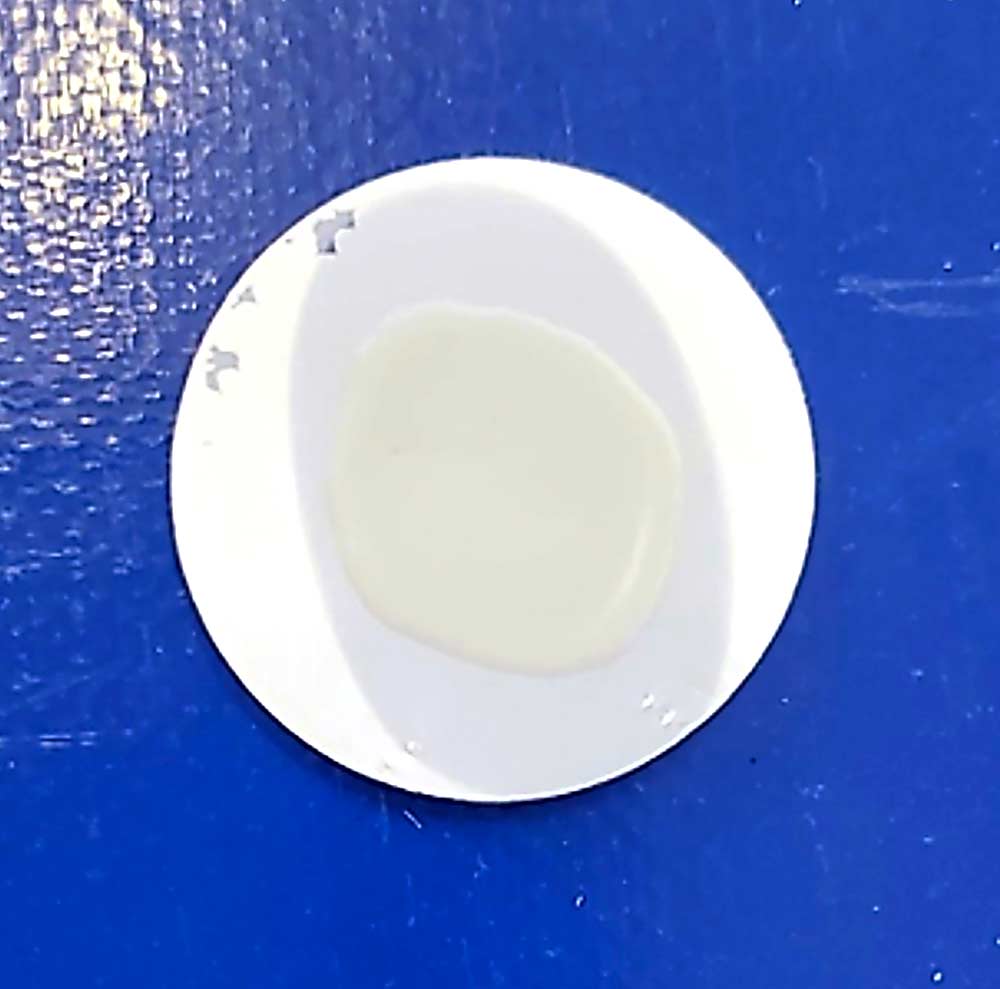
Wet surfaces on fruit packing lines are generally considered more likely than dry surfaces to house pathogens that could harm consumers or trigger a recall.
But dry surfaces can still contain pathogens, and their food safety risks need to be studied, said Paul Dawson, professor of food science at Clemson University in South Carolina.
Dawson leads a study of food safety risks in peach packing houses. Funded by the Center for Produce Safety, the one-year project focuses on the dry parts of the packing line, which include conveyor belts, brushes, sorting and packing equipment. The goal is to help the industry identify management practices to reduce pathogen presence in a dry environment.
The dry steps typically occur after the washing and waxing steps, and those are the last points of contact before the fruit is packed and shipped. If cross-contamination happens there, it’s less likely to be spotted and fixed before going to stores. Also, some dry surfaces are made of softer, more elastic materials that prevent fruit bruising but are more difficult to keep clean, he said.
Dawson’s team is studying Listeria monocytogenes and salmonella species, two pathogens with different physiologies.
The study focuses on stone fruit — particularly peaches, a prominent fruit crop in South Carolina — but the findings can also apply to apple packing, he said.
The project started early in 2022. A consulting company collected swab samples from surfaces in two peach packing houses in California’s Central Valley. The research team chose California, the top peach-producing state.
They took swabs from dry surfaces at different points on the packing lines, before and after sanitation measures were conducted. The samples were sent to Dawson’s Clemson lab, where researchers analyzed the samples for biofilms (groups of microorganisms attached to each other and to a surface that can be very difficult to sanitize), their genetic profile and level of pathogen contamination. Then, they added listeria and salmonella to the samples and tested pathogen survival at low and medium levels of relative humidity, he said.

Results show that both pathogens can survive for days in a dry environment. They also found that listeria has a higher survival rate than salmonella in a dry environment — something to keep an eye on, he said, because listeria that infects fruit at the end of the packing cycle can also survive in refrigerated storage.
Dawson said findings so far suggest that the pathogens have several mechanisms to adapt to dry conditions. The long survival intervals for dried listeria and salmonella biofilms emphasized the importance of cleaning and sanitizing dry areas to prevent microbial attachment and biofilm formation.
The researchers also looked at the effects of three commercial coatings that are applied to reduce fruit respiration and extend shelf life. Under 20 percent relative humidity, the coatings increased survival for both listeria and salmonella bacterial cells, Dawson said.
The team is also studying the efficacy of food-grade sanitizers such as ethanol, chlorine and ammonia in dry environments. They will evaluate the sanitizers’ effectiveness on both dried planktonic cells — that’s the technical term for free-living bacteria — and dried biofilms under lab-simulated packing house conditions.
—by Matt Milkovich






Leave A Comment